Depending on the type of retail store that you work in, you may find yourself either running or involved in a sales presentation. A sales presentation is a planned event at which representatives from a retail store demonstrate their key products to invited customers with the aim of promoting those products and making extra sales. Sales presentations usually take a great deal of planning and preparation. However, when they are done well they can prove to be very beneficial for a retail store.
The success of any sales presentation is mainly determined by the amount of time and effort put into planning the event, as well as the ability of the salesperson to deliver a great presentation which highlights the value of the product, making a customer want to buy it.
Different types of presentations will require different levels of planning. Regardless of the type of sales presentation, preparation is the key! Even before you start to plan your presentation, you need to spend some time deciding what your goals and objectives are. In other words, what do you hope to achieve from the presentation? You may want to: increase store sales, increase sales of a particular product line, promote a new product, draw new customers into your store, use it to advertise/promote your store, reward your loyal customer with an invitation to an ‘exclusive’ event Make sure that your objectives are written down in a clear and concise manner.
To learn more about planning and research, the ARA Retail Institute runs multiple workshops on how to research product development opportunities and review product performance. Join the ARA Retail Institute in their latest workshop which looks into how to plan product development and generate product ideas suitable for a defined marketing place..
{{cta(‘917faa6d-7b0e-43fc-8e42-4bcdabb4a789’)}}
Refer to these throughout the planning stage and also ensure that all staff members who are involved have a good understanding of the objectives. Documented objectives will also help when it comes time to evaluate the effectiveness of the presentation once it is over. As part of your planning: spend some time, writing your sales presentation. Keep it short and simple, but make sure to include as much specific detail as necessary.
Work out which key points you most want to emphasise, especially the benefits to the customer of choosing your product? Consider possible questions the audience might ask you and plan your response. Make sure that you have a strong knowledge of the products you are promoting during the presentation.
Today’s retail marketplace is very competitive. All retailers are looking for a point of difference that will make them stand out and therefore give them a competitive advantage. Therefore, your presentations must be entertaining in order to obtain and maintain the attention of your customers. The purpose of a sales presentation is to persuade a group of people or even an individual customer to make a purchase decision. To do this, it is important that you believe in your product and demonstrate this belief throughout the presentation.
Your customers will soon be able to tell if you are not genuine. Consider: Does your voice display excitement? Does your body language exhibit your enthusiasm? Do you talk about the product in positive terms? After all, if you can’t get excited about your product, how can you expect your customer to become motivated enough to buy? Be creative and put some energy behind your presentation. The tone you use and your vocal variation allow you to project your own personality and to create a positive response when you are speaking to the audience. How you speak will indicate how you feel.
While delivering a sales presentation it is vital that good communication skills are exhibited. A good relationship with the group that you are presenting to is essential for achieving your goals and objectives. Positive and open communication skills and a willingness to share information and expertise make a presentation stronger and more cohesive.
This will lead to better and more positive results. The key issue is to demonstrate the product in such a way that customers can see its value to them, and feel secure in the knowledge that the product will perform well and be good value for money. It is important not to fall into the trap of giving customers information that they already know. Too many facts will bog down a presentation and prevent it from moving forward. Careful planning will help to avoid this.
Usually the first sentence of a sales presentation is supposed to be either an attention-grabbing statement or a positive statement introducing the best information about product. To make an immediate impact with the customer, ensure that your opening statement is delivered with confidence. Remember, this is your only opportunity to create a positive first impression, so take advantage of it. Also, remember to discuss the benefits of your products, not the features.
Tell your customer what they will get by using your product versus your competitors. It is important not to assume the customer knows the benefits of what you are selling. You will need to turn every feature into a benefit. Communicate the benefits of your product in such a way that customers want your product now.
About ARA Retail Institute
ARA Retail Institute is Australia’s leading retail training provider for both accredited and non-accredited learning programs. For more information, please visit: www.retailinstitute.org.au




















